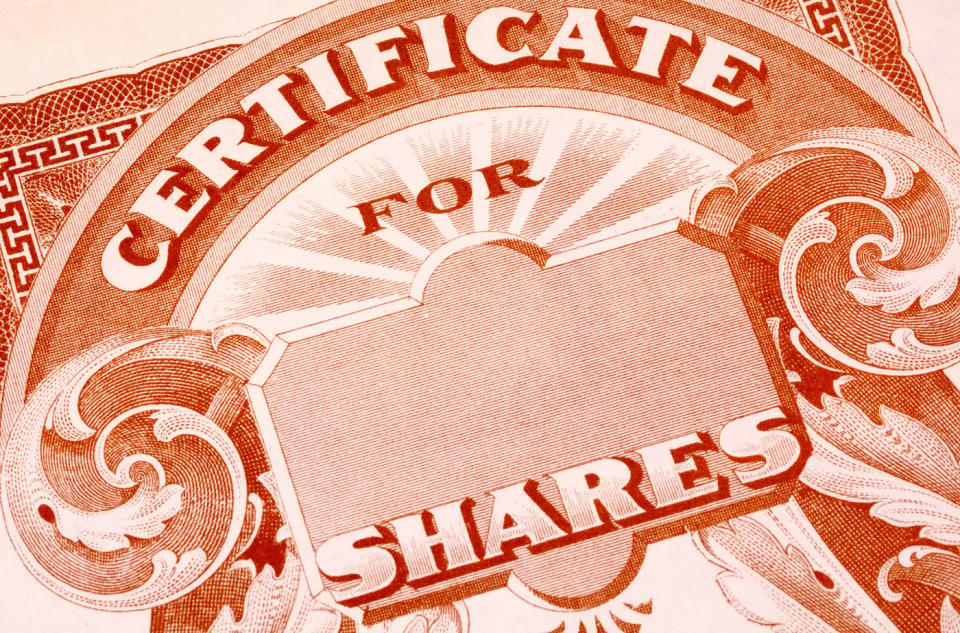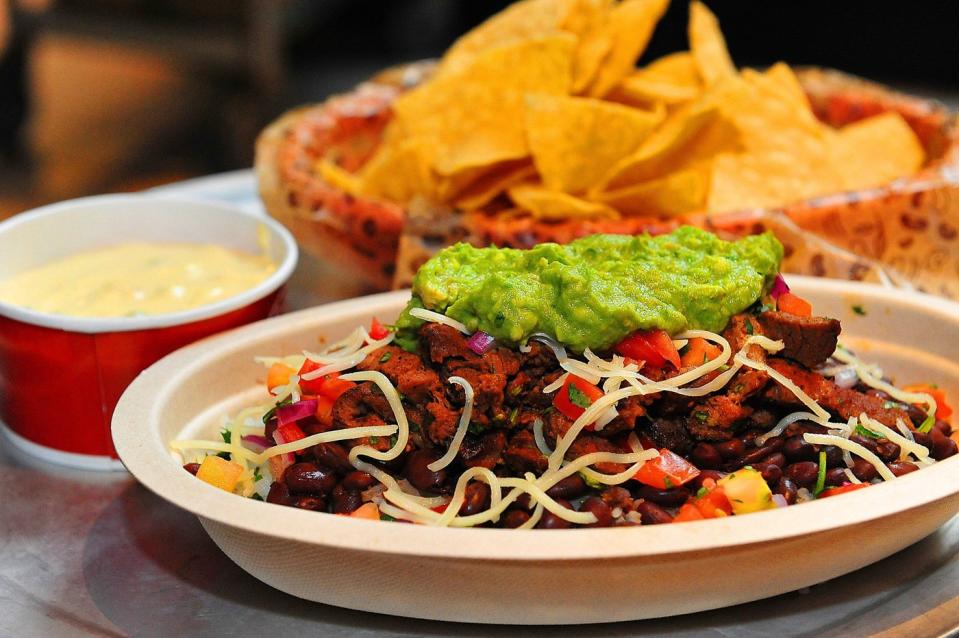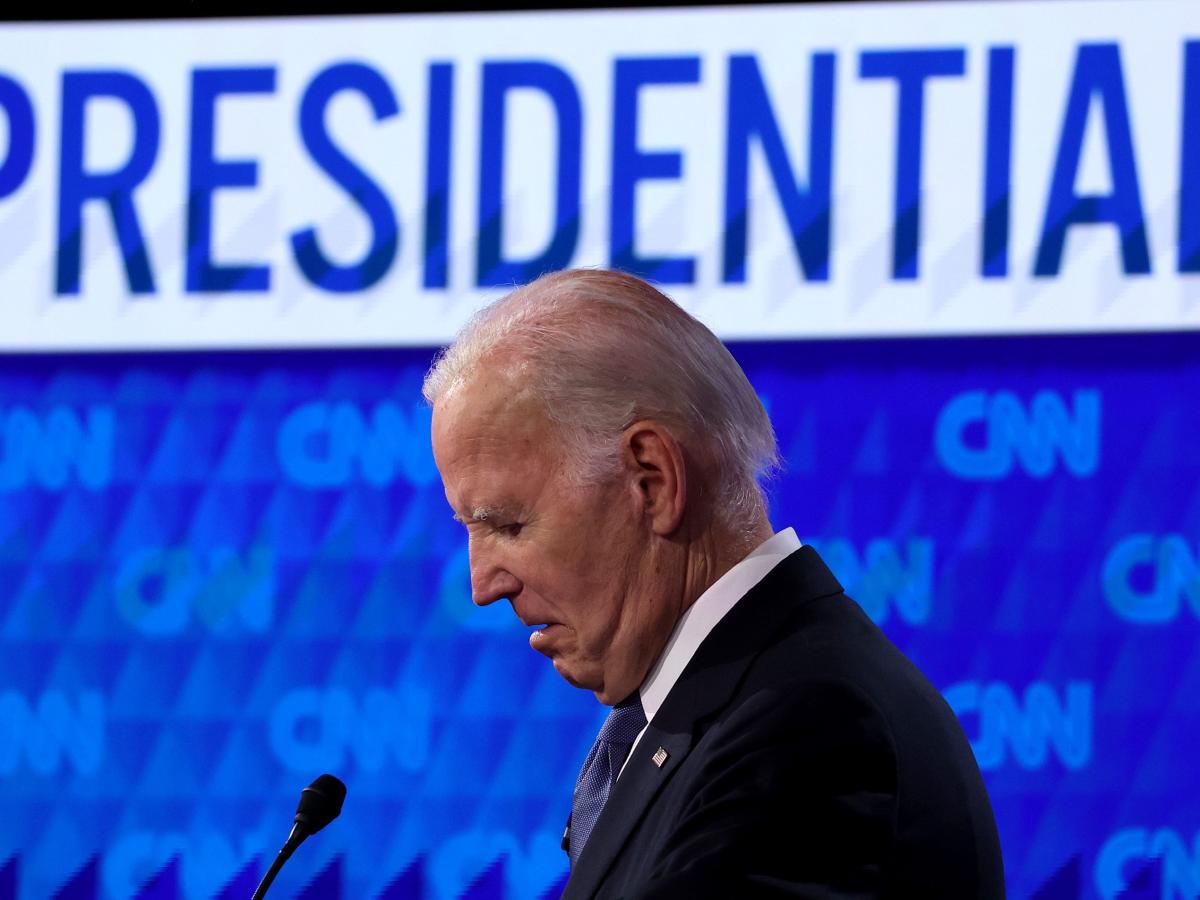Over the past thirty years, investors have almost always had a new innovation or trend that they could capitalize on. Next-big-thing technologies such as the Internet, genome decoding, 3D printing, blockchain technology, and the metaverse represent some examples of potentially game-changing trends for corporate America.
Right now, investors have two buzzing trends that they are flocking to. While you’re probably familiar with the rise of artificial intelligence (AI), you may not know how popular stock splits have become.
A stock split is an event that allows a publicly traded company to change the number of shares outstanding and the stock price by the same magnitude without any impact on its market capitalization or operating performance. Splits come in two forms: forward and backward.
With a forward-stock split, a company lowers its stock price to make it more nominally affordable for retail investors and perhaps also for its employees. Conversely, the purpose of a reverse stock split is to increase a company’s stock price, usually to ensure that it meets minimum listing standards on a major stock exchange.

Most investors are focused on the former. That’s because companies that conduct forward-stock splits often have high-flying stocks that are a direct result of their peers out-innovating and out-executing. Since the start of 2024, eight high-profile companies have announced or completed stock splits.
According to a study by bank of America According to Global Research, companies that conduct forward stock splits have returned an average of 25.4% (since 1980) in the twelve months after their split was announced. This compares with a return of 11.9% over twelve months for the benchmark S&P500 over the same timeline.
Despite this promising long-term data, not all stock splits are worth buying. There are two “Class of 2024” stock splits that I wouldn’t touch with a 10-foot pole.
Nvidia
Despite ending up as the largest publicly traded company in the world on June 18, I want absolutely nothing to do with being an AI leader Nvidia (NASDAQ: NVDA). Nvidia announced a 10-for-1 stock split on May 22, which was completed after the closing bell on June 7.
Nvidia shares have risen more than 800% since the start of 2023 – a nearly $3 trillion increase in market value – as its graphics processing units (GPUs) have quickly become the standard in AI-accelerated data centers. Semiconductor analytics firm TechInsights recently noted that Nvidia was responsible for 98% of the 3.85 million AI GPUs shipped in 2023.
The seemingly insatiable demand for AI GPUs has also worked in Nvidia’s favor. The laws of economics state that if demand for a good or service exceeds supply, the price of that good or service will increase until demand decreases. Nvidia has succeeded in this substantial raised the price of its prized H100 GPUs, boosting its adjusted gross margin to 78.4% in its first fiscal quarter (ended April 28).
While there are plenty of reasons for Nvidia shareholders to be grateful, there are also plenty of warnings that Wall Street’s hottest stock is in a bubble.
For starters, we haven’t seen the next major investment that avoided an eventual bubble burst in at least thirty years. No matter how promising the technology, innovation or trend, investors always overestimate the adoption of anything that creates buzz on Wall Street. Since no company is more helped by the rise of AI than Nvidia, an AI bubble would likely hurt the stock the most.
I think it’s fair to say that competition is also a problem. While optimists are quick to point out that Nvidia’s GPUs have a computational advantage over other AI GPUs, the issue is more of a numbers game than a performance concern. Nvidia cannot fulfill all its orders, which opens the door for outside competitors to steal shares.
As I noted earlier, this competition is also internal. Nvidia’s four top customers, which account for approximately 40% of net sales, are members of the ‘Magnificent Seven’. The problem is that these four Magnificent Seven members are developing AI GPUs for their own data centers. Even if these chips are used purely to complement Nvidia’s H100 GPU, this suggests we are witnessing a spike in dependence on Nvidia’s data center hardware.
The valuation is also quite scary. While Nvidia isn’t ridiculously expensive, based on its price-to-earnings-growth ratio (PEG ratio), the company’s trailing-twelve-month price-to-sales ratio of 42 matches the peak levels seen with Cisco systems And Amazon before the dotcom bubble burst. If history rhymes, Nvidia stock could ultimately fall more than 50%.


Chipotle Mexican Grill
The second stock split I wouldn’t touch with a 10-foot pole right now is none other than a fast-casual restaurant chain Chipotle Mexican Grill (NYSE: CMG). Chipotle’s board announced a 50-to-1 forward split on March 19, which was approved by shareholders at the company’s annual meeting earlier this month. This massive stock split will take effect after the closing bell on Tuesday, June 25.
Just because I don’t want anything to do with Chipotle doesn’t mean the company hasn’t performed well from an operational perspective. The company’s management team long ago realized that consumers will pay more for higher quality food. This is why Chipotle strives to source its vegetables locally when possible and use only responsibly raised meat.
Chipotle’s limited menu also explains its long-term success. By deliberately keeping the menu small, the company ensures that food preparation is efficient and guests are served quickly. Moreover, new food innovations receive more attention with such a small menu.
But at some point the company’s valuation no longer makes sense – and I think we’ve certainly reached that point.
After shares soared nearly 15,500% since its IPO price of $22 in January 2006, Chipotle trades at 62 times forward 2024 earnings, and 51 times forward earnings. Even with Wall Street forecasting 22% annualized earnings growth through 2028, things don’t make sense.
While Chipotle’s sales growth in the mid-teens probably sounds impressive given the company’s already large scale, when you dig a little deeper, its sales growth isn’t all that spectacular. Comparable restaurant sales grew 7% in the first quarter, with new store openings accounting for the remainder of the growth. This 7% comparable store growth was driven by a 5.4% increase in the number of transactions and a 1.6% increase in check size.
While comparable sales growth of 7% is impressive in the fast-casual restaurant industry, it doesn’t deserve a price-to-earnings ratio of 51, especially if some of this increase is due to inflation pushing prices up.
I would also add that Chipotle can only squeeze so much innovation out of its operations. The addition of drive-thru lanes for mobile ordering (“Chipotlanes”), as well as the introduction of the occasional new menu item, have moved the needle – but not enough to command such a high valuation premium.
I’ll be looking for Chipotle Mexican Grill stock to pull back in a meaningful way after the stock split euphoria subsides.
Should You Invest $1,000 in Nvidia Now?
Consider the following before buying shares in Nvidia:
The Motley Fool stock advisor The analyst team has just identified what they think is the 10 best stocks for investors to buy now… and Nvidia wasn’t one of them. The ten stocks that survived the cut could deliver monster returns in the coming years.
Think about when Nvidia created this list on April 15, 2005… if you had $1,000 invested at the time of our recommendation, you would have $775,568!*
Stock Advisor provides investors with an easy-to-follow blueprint for success, including portfolio building guidance, regular analyst updates, and two new stock picks per month. The Stock Advisor is on duty more than quadrupled the return of the S&P 500 since 2002*.
View the 10 stocks »
*Stock Advisor returns June 10, 2024
Bank of America is an advertising partner of The Ascent, a Motley Fool company. John Mackey, former CEO of Whole Foods Market, an Amazon subsidiary, is a member of The Motley Fool’s board of directors. Sean Williams has positions at Amazon and Bank of America. The Motley Fool holds positions in and recommends Amazon, Bank of America, Chipotle Mexican Grill, Cisco Systems and Nvidia. The Motley Fool has a disclosure policy.
2 Stock-Split Stocks I Wouldn’t Touch With a 10-Foot Pole was originally published by The Motley Fool







